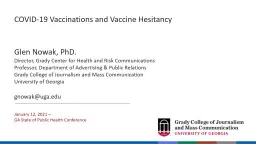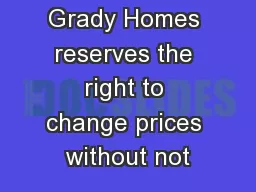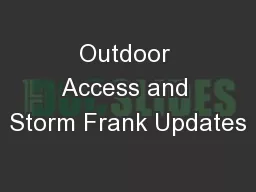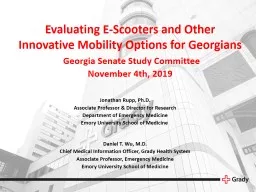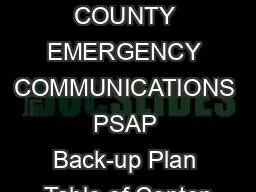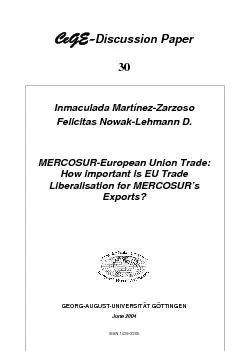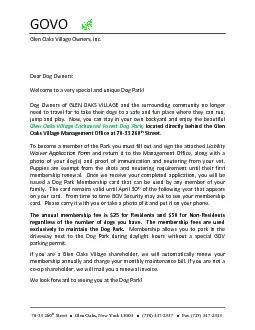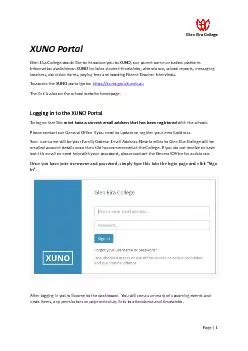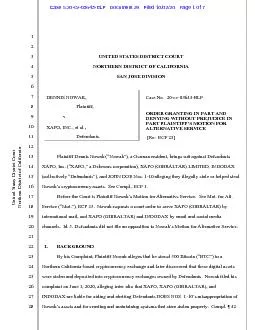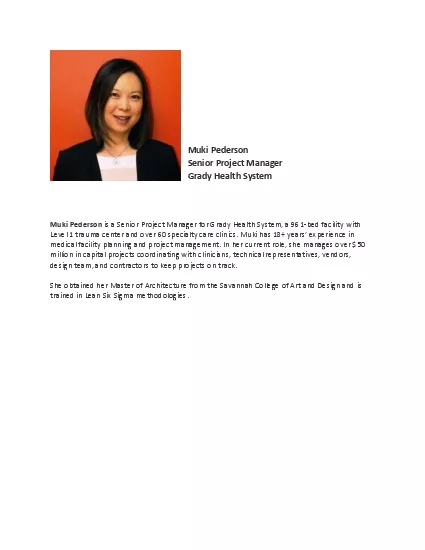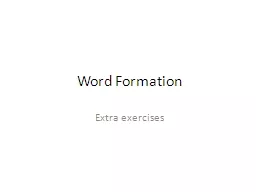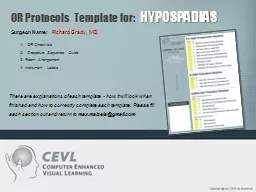PPT-Glen Nowak, PhD. Director, Grady Center for Health and Risk Communications
Author : tracy | Published Date : 2021-12-09
Professor Department of Advertising amp Public Relations Grady College of Journalism and Mass Communication University of Georgia gnowakugaedu January 12 2021
Presentation Embed Code
Download Presentation
Download Presentation The PPT/PDF document "Glen Nowak, PhD. Director, Grady Center ..." is the property of its rightful owner. Permission is granted to download and print the materials on this website for personal, non-commercial use only, and to display it on your personal computer provided you do not modify the materials and that you retain all copyright notices contained in the materials. By downloading content from our website, you accept the terms of this agreement.
Glen Nowak, PhD. Director, Grady Center for Health and Risk Communications: Transcript
Download Rules Of Document
"Glen Nowak, PhD. Director, Grady Center for Health and Risk Communications"The content belongs to its owner. You may download and print it for personal use, without modification, and keep all copyright notices. By downloading, you agree to these terms.
Related Documents

